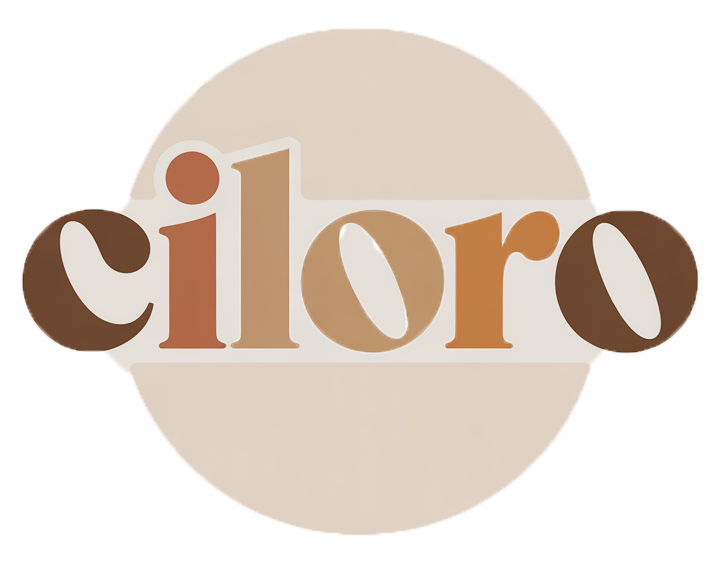Budget-Friendly Macrame Decor Ideas for Your Home
Macrame is a captivating craft that has seen a resurgence in popularity, particularly within the realm of home decor. This knotting technique allows individuals to create stunning pieces using simple materials, making it an accessible hobby for many. As the trend of personalizing living spaces continues to grow, the importance of budget-friendly options cannot be overstated. Crafting beautiful macrame decor does not have to break the bank; this article aims to guide readers in creating eye-catching macrame pieces while being mindful of their budgets.
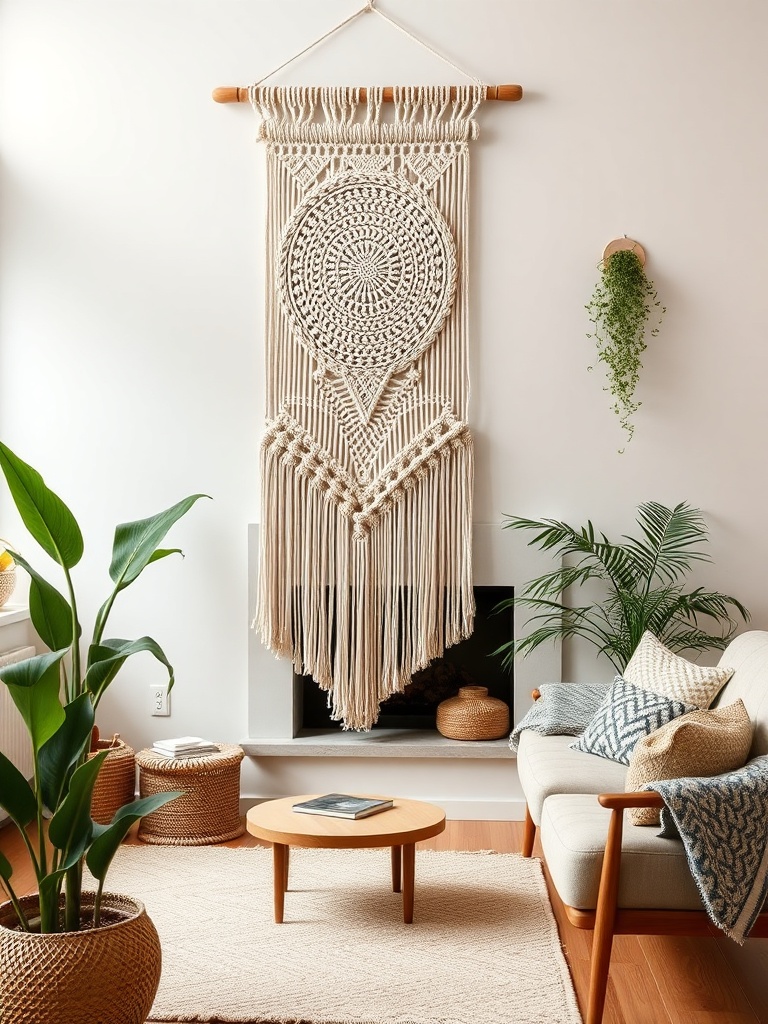
Understanding Macrame
What is Macrame?
Macrame is the art of tying knots in patterns to create decorative items. Its history dates back to 13th century Arabic weavers, who used the technique to finish the edges of their textiles. Over the years, macrame has evolved, gaining popularity in various cultures. In recent years, it has made a significant comeback in home decor, appealing to those seeking a handmade touch in their interiors.
Essential Tools and Materials
- Basic Tools:
- Scissors
- Measuring tape
- Wooden dowels or rings
- Beads (optional)
- Types of Cords:
- Cotton rope
- Jute twine
- Macrame cord (various thicknesses)
- Budget-Friendly Alternatives:
- Old T-shirts cut into strips
- Yarn remnants
- Plastic or recycled materials
Planning Your Macrame Project
Choosing the Right Design
When starting a macrame project, selecting the right design is crucial. Popular designs include:
- Wall hangings
- Plant hangers
- Keychains
- Coasters
Consider your skill level when choosing a design; beginners may prefer simpler projects to build confidence before tackling more complex patterns.
Sizing Your Project
Measuring your space is essential before starting any macrame project. To determine the length of cord needed, consider the following:
- Measure the height and width of your intended space.
- Calculate the length of cord based on the design's knotting technique, typically using 3 to 4 times the desired length.
Basic Macrame Knots Every Beginner Should Know
Square Knot
The square knot is a fundamental macrame knot that is versatile and easy to master. Here’s how to create it:
- Take two cords and create a left-over-right knot.
- Then, tie the right-over-left knot to complete the square knot.
This knot is commonly used in wall hangings and plant hangers.
Half Hitch Knot
The half hitch knot is another essential knot, often used in various designs. To create it:
- Take the working cord and wrap it around the anchor cord.
- Pull the working cord through the loop created and tighten.
This knot can be used to create diagonal patterns in your projects.
Lark's Head Knot
The lark's head knot is crucial for attaching cords to a dowel or ring. To execute it:
- Fold the cord in half and place the loop behind the dowel.
- Bring the ends over the dowel and through the loop.
This knot is commonly used to start many macrame projects.
Double Half Hitch
This knot is useful for creating intricate designs. Here’s how to make it:
- Take the working cord and create a half hitch around the anchor cord.
- Repeat the process to create a double half hitch.
This knot can add depth and texture to your designs.
Budget-Friendly Macrame Projects
Macrame Plant Hanger
A macrame plant hanger is a fantastic beginner project.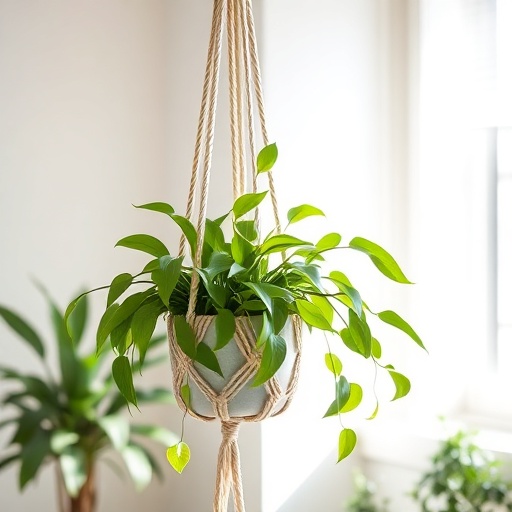
Materials needed include:
- Macrame cord (approximately 30 feet)
- Wooden ring or dowel
- Planter pot
Follow these steps to create your plant hanger:
- Cut four lengths of cord, each about 7 feet long.
- Attach the cords to the ring using lark's head knots.
- Use square knots to create the body of the hanger.
- Finish by placing the planter pot in the holder.
Tip: Look for inexpensive pots at local thrift stores or online marketplaces.
Wall Hanging
Creating a simple wall hanging can be an excellent way to personalize your space. Consider these design ideas:
- Geometric patterns
- Fringe detailing
- Mixed knot techniques
To create a basic wall hanging, follow these steps:
- Cut cords to your desired length and attach them to a dowel.
- Use various knots to create your design.
- Personalize with colors or beads as desired.
Macrame Keychain
This small project is ideal for beginners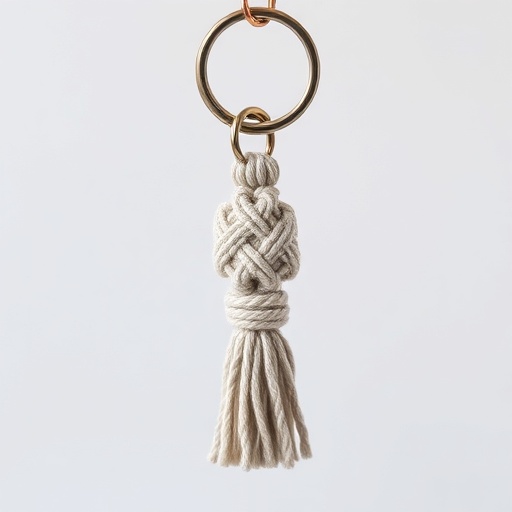
looking to practice their skills. Materials needed include:
- Macrame cord (about 2 feet)
- Keychain ring
Steps to create a macrame keychain:
- Fold the cord in half and attach it to the keychain ring using a lark's head knot.
- Use square knots to create the body of the keychain.
- Trim the ends to your desired length.
Macrame Coasters
Macrame coasters are practical and make great gifts.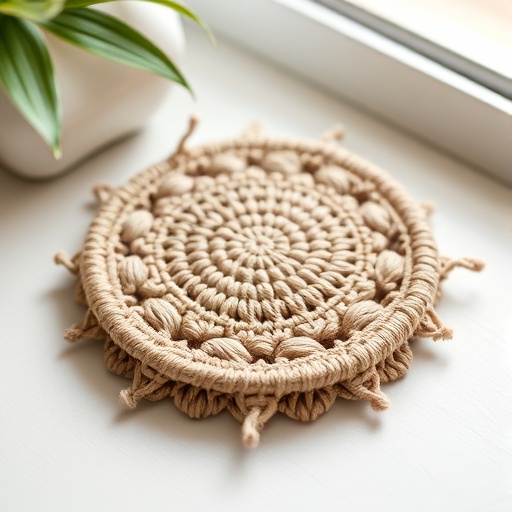
To make these, gather:
- Macrame cord
- Scissors for trimming
Follow these steps:
- Cut several lengths of cord and tie them together at the center.
- Create a circular pattern using square knots.
- Finish by trimming the ends for a neat look.
Macrame Bookmarks
Bookmarks are a creative and inexpensive project.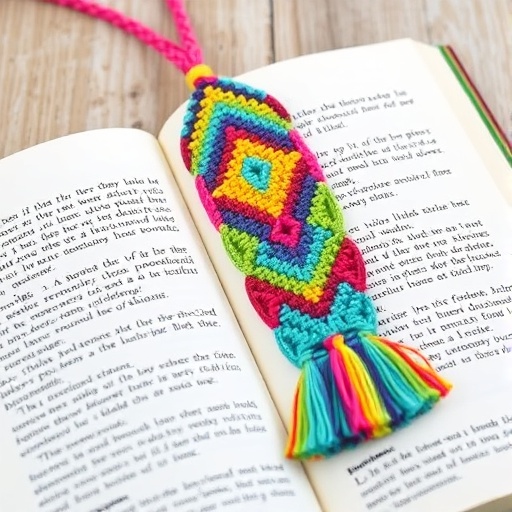
Materials include:
- Macrame cord (about 3 feet)
- Scissors
To create a simple bookmark:
- Cut the cord to the desired length.
- Use a series of knots to create a decorative pattern.
- Finish with a tassel at the end or leave plain.
Personalizing Your Macrame Decor
Adding Color
Incorporating color into your macrame projects can elevate their appeal.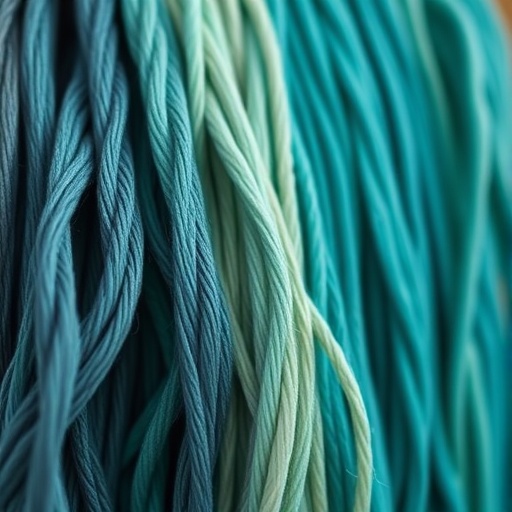
Consider these budget-friendly dye options:
- Natural dyes from fruits and vegetables
- Fabric dye from craft stores
- Food coloring mixed with water
Techniques for adding color include:
- Dyeing the cord before starting your project
- Incorporating colored cords into your design
- Using beads or other embellishments
Incorporating Natural Elements
Using natural elements like driftwood, branches, or stones can enhance your macrame decor.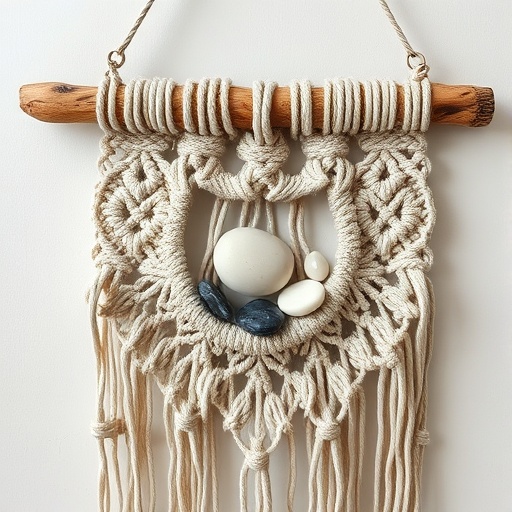
To attach these elements:
- Use lark's head knots to secure branches to your design.
- Incorporate stones by threading them into your knots.
- Experiment with different textures to create visual interest.
Mixing Textures
Combining different types of cords can create a stunning visual effect. Tips for mixing textures include:
- Pairing thick and thin cords for contrast.
- Using natural fibers alongside synthetic ones.
- Incorporating beads or other materials for added dimension.
Caring for Your Macrame Decor
Cleaning and Maintenance
To keep your macrame pieces looking fresh, follow these best practices:
- Dust regularly with a soft cloth.
- Spot clean with mild soap and water if necessary.
- Avoid submerging in water to prevent damage.
Storage Solutions
Proper storage can prevent damage to your macrame items. Consider these solutions:
- Store pieces in a cool, dry place.
- Use hangers or hooks to display items creatively.
- Avoid folding to prevent creases and knots from loosening.
Conclusion
Creating macrame decor on a budget offers numerous benefits, from enhancing your living space to providing a satisfying creative outlet. By exploring various designs and techniques, you can express your personal style without overspending. Embrace the satisfaction that comes with DIY projects, and let your creativity shine through your macrame creations.
Recap
In summary, this guide has provided essential information on macrame, including tools, project ideas, and personalization tips. With the right approach, anyone can create stunning decor pieces that reflect their style while staying within budget.
Key Takeaways
- Macrame is a versatile craft perfect for home decor.
- Budget-friendly materials can be sourced creatively.
- Essential knots form the foundation of macrame projects.
- Personalizing your decor adds character and flair.
- Proper care extends the life of your macrame items.
FAQ
What materials do I need to start macrame?
To start macrame, you need basic tools like scissors, a measuring tape, and macrame cord. Optional supplies include beads and rings.
How do I choose the right macrame project for my skill level?
Begin with simple designs like keychains or coasters if you are a beginner. As you gain confidence, try more complex projects like wall hangings.
Can I use recycled materials for macrame?
Yes! Old T-shirts, yarn remnants, and even plastic can be used as budget-friendly alternatives for macrame cord.
How do I clean my macrame decor?
Dust your macrame regularly with a soft cloth and spot clean with mild soap and water when necessary. Avoid soaking your pieces.
What are some ways to personalize my macrame projects?
You can add color using dyes, incorporate natural elements like driftwood, or mix different textures to enhance your designs.
